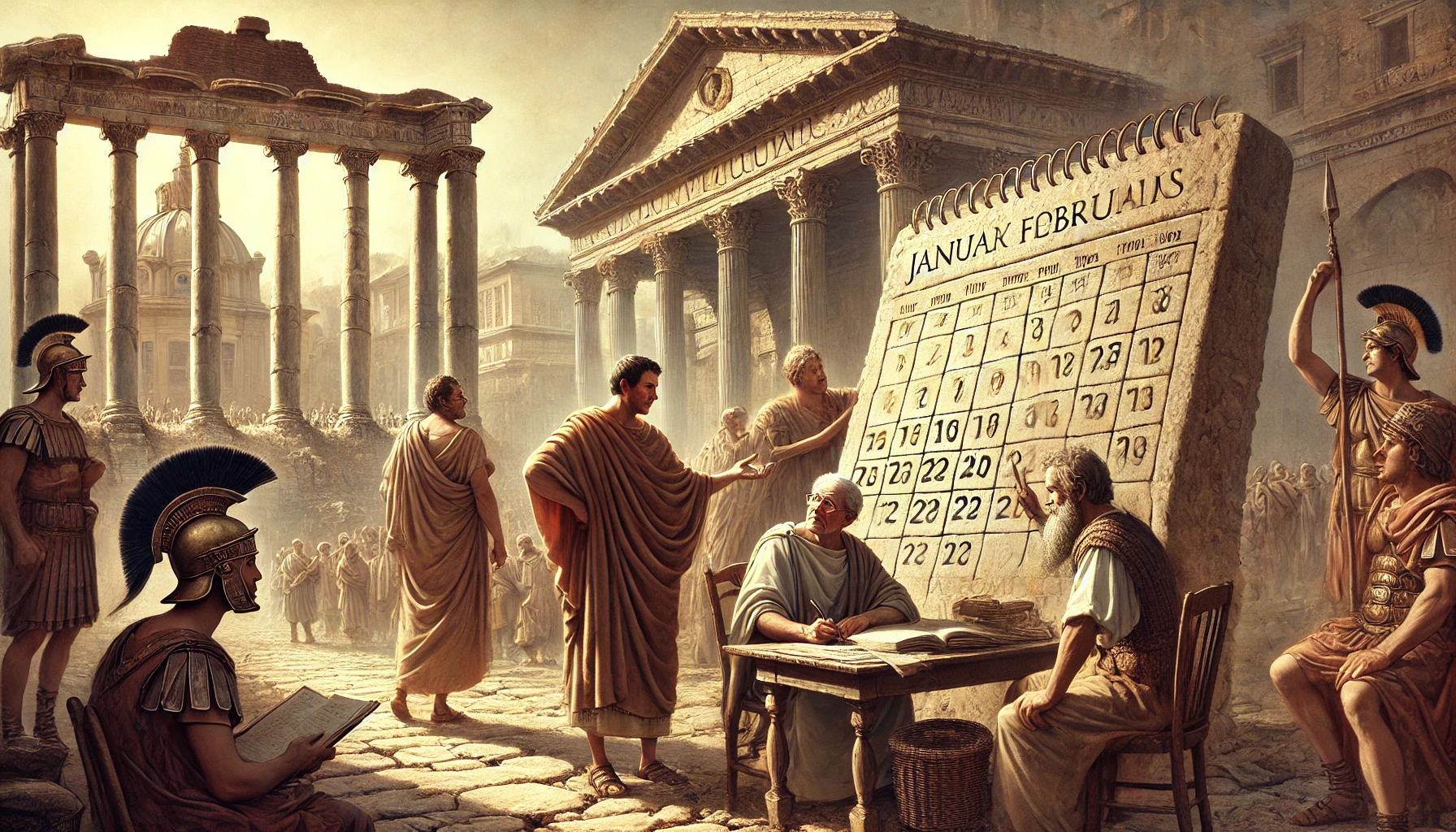February originally had 28 days because it was the last month of the Roman calendar, which had only ten months and a total of 304 days. According to legend, the second king of Rome, Numa Pompilius, added the months of January and February to the calendar around 713 BCE to bring the calendar in line with the lunar year, which is about 354 days long.
However, the Roman calendar still had a problem: it didn’t align perfectly with the solar year, which is about 365.24 days long. This discrepancy led to the calendar gradually falling out of sync with the seasons, which caused problems for farmers and other people who relied on the calendar to mark important dates.
To address this issue, the Roman general Julius Caesar consulted with an astronomer named Sosigenes and introduced a new calendar, known as the Julian calendar, in 45 BCE. The Julian calendar added an extra day to February every four years to account for the extra quarter-day in the solar year, creating the concept of a leap year. This brought the average length of a year in the Julian calendar to 365.25 days, which was a much closer approximation to the actual length of a solar year.
Later, in 1582, Pope Gregory XIII made further adjustments to the calendar, creating the Gregorian calendar, which is the calendar most widely used today. The Gregorian calendar also has leap years, but with some exceptions to keep the calendar synchronized with the seasons.
